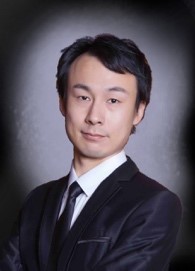Abstract: Heterogeneous integration, where dissimilar layers of materials and functionalities are unrestrictedly stacked at an atomic scale, is crucial to next-generation electronics, such as multi-functional, neuromorphic, spintronic and ultra-low power devices. In particular, when artificially integrating the naturally incompatible atomic structures, crystallographic orientations and physical functionalities, the interplays at the interfaces induce unexpected functionalities, which is beneficial to future electronics in the aspect of manipulation, functionalization and utilization. However, realizing unrestricted heterogeneous integration and their electronic applications is extremely challenging, because of the technical restrictions of fabrication and the unwanted reduction of interface quality. The challenges are particularly severe in the heterogeneous integration of oxides with either other emerging materials or existing Si technologies, because of the incompatible growth dynamics and large lattice mismatch.
In this talk, the speaker will discuss our recent exploration of functional electronic devices based on the heterogeneous integration of complex oxide membranes. First, he will provide a brief overview of our recent contribution to the progress of the emergent functionalities in oxide heterostructures with an emphasis on perovskite oxides. Then, he will compare various possible approaches to heterogeneously integrating the oxide films with other materials systems by elaborating on their fabrication processes and specifically discussing their technical challenges. Last, he will discuss on experimental results of the related electronic applications, in particular, high energy efficiency transistor. This part of the discussion will be based on a recent publication from his group – “Van der Waals integration of high-κ perovskite oxides and two-dimensional semiconductors” Nature Electronics 5, 233-240 (2022).

 The College of Arts
The College of Arts